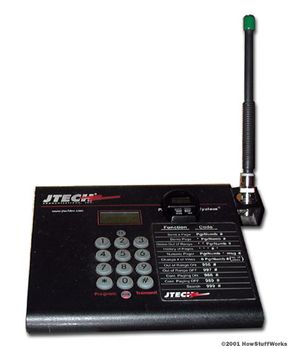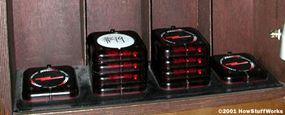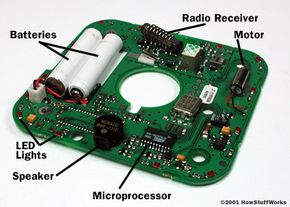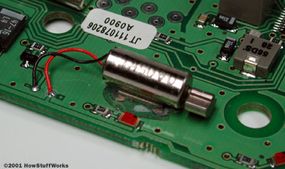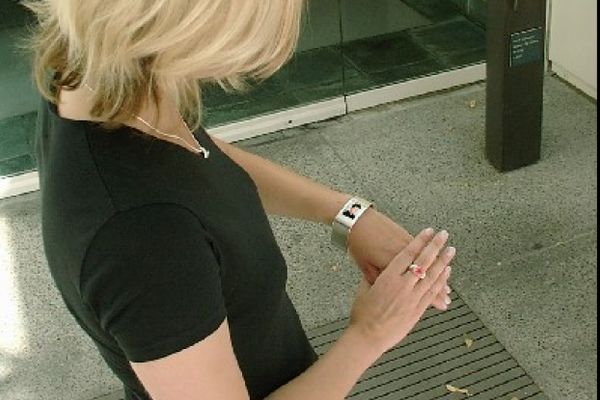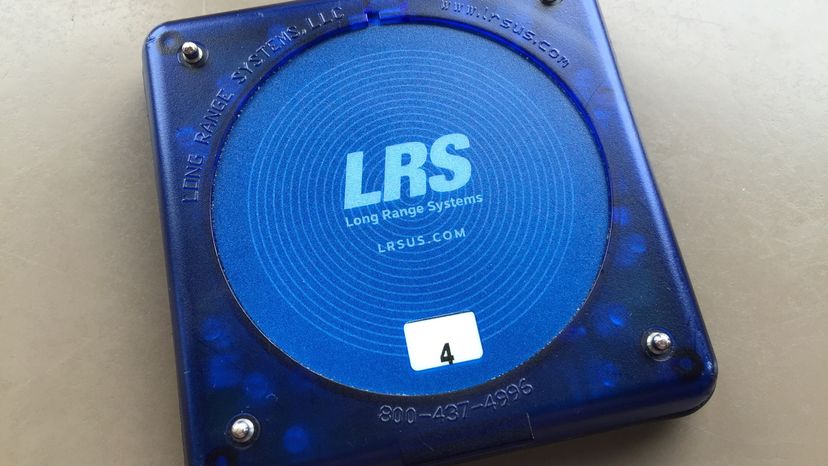
People love to eat out. How many times have you gone to a restaurant and had to wait for a table? It used to be that someone would take your name and then yell out or call over an intercom when your table was ready. Some restaurants still do this, but many now use restaurant pagers.
You've probably seen these devices. The pager is a small plastic box that the hostess hands to you when she takes your name. You are then free to roam about within the immediate vicinity of the restaurant. Eventually, the pager lights up or vibrates, signaling that your table is ready. You take the pager back to the hostess and are led to your table.
Advertisement
In this edition of HowStuffWorks, we will explore these pagers and how they work. You will learn about the master transmitter and see the simple technology that operates the pager itself. But first, let's examine the basics of paging.

